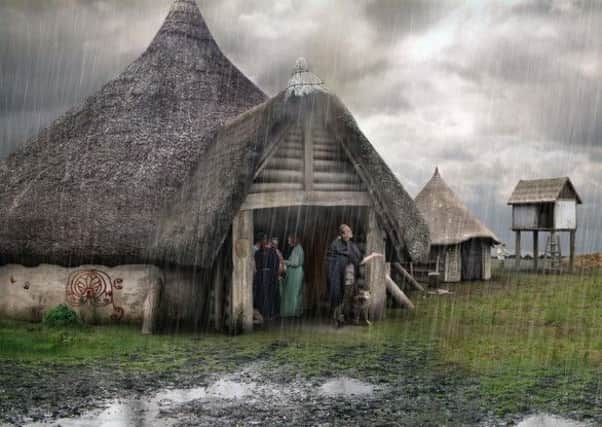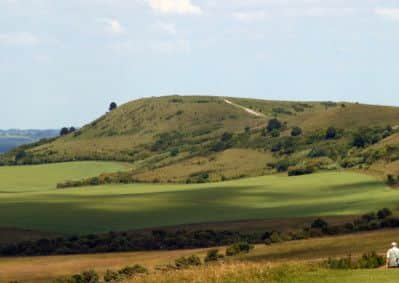Uncovering ancient hillforts of Chilterns


What you are looking at could well be one of the ancient hillforts of the Chilterns.
Now you have the chance to find out all about them at a special event on Thursday, October 2.
Advertisement
Hide AdAdvertisement
Hide AdPlaces like the distinctive Ivinghoe Beacon near Tring and Cholesbury Camp by the village of Cholesbury are some of the area’s biggest and best known hillforts.


The Chilterns Conservation Board is bringing together some of the country’s foremost ancient history experts, including Oxford University professor Gary Lock and former county archaeologist for Herts Stewart Bryant.
They will describe the latest research into the area’s hillforts and how they were used by people 3,000 years ago. The experts will paint a picture of life in the Iron Age, the threats people faced – including attack from wolves and bears – and why they built the hillforts.
The hillforts were large enclosures, surrounded by a circular ditch and bank that sometimes had a wooden palisade fence on top. But some of these features have disappeared from some of the hillforts as they appear today.
Advertisement
Hide AdAdvertisement
Hide AdMr Lock will talk about a £950,000 four-year project to create an atlas of all of the hillforts in Britain and Ireland. The project will have its own website once it is finished.
The Chilterns has 19 known hillforts, one of the biggest concentrations in the country.
Most hillforts were built around 2,500 to 3,000 years ago to provide a secure home for people and their livestock.
They were also used for trade, tribal ceremonies and for other purposes.
Advertisement
Hide AdAdvertisement
Hide AdThe Chilterns Hillforts Conference will be on Thursday, October 2, at the Court Theatre in Pendley, Tring.
There will be a morning of presentations followed by an optional afternoon field trip to Cholesbury Camp near Tring, one of the biggest and best-preserved hillforts in the area.
Anyone is welcome to attend – to find out more and book a place please call the Chilterns Conservation Board on 01844 355500 or email [email protected]
You can find out more about the event – and the hillforts of the area – by visiting www.chilternsaonb.org/about-chilterns/historic-environment/hillforts